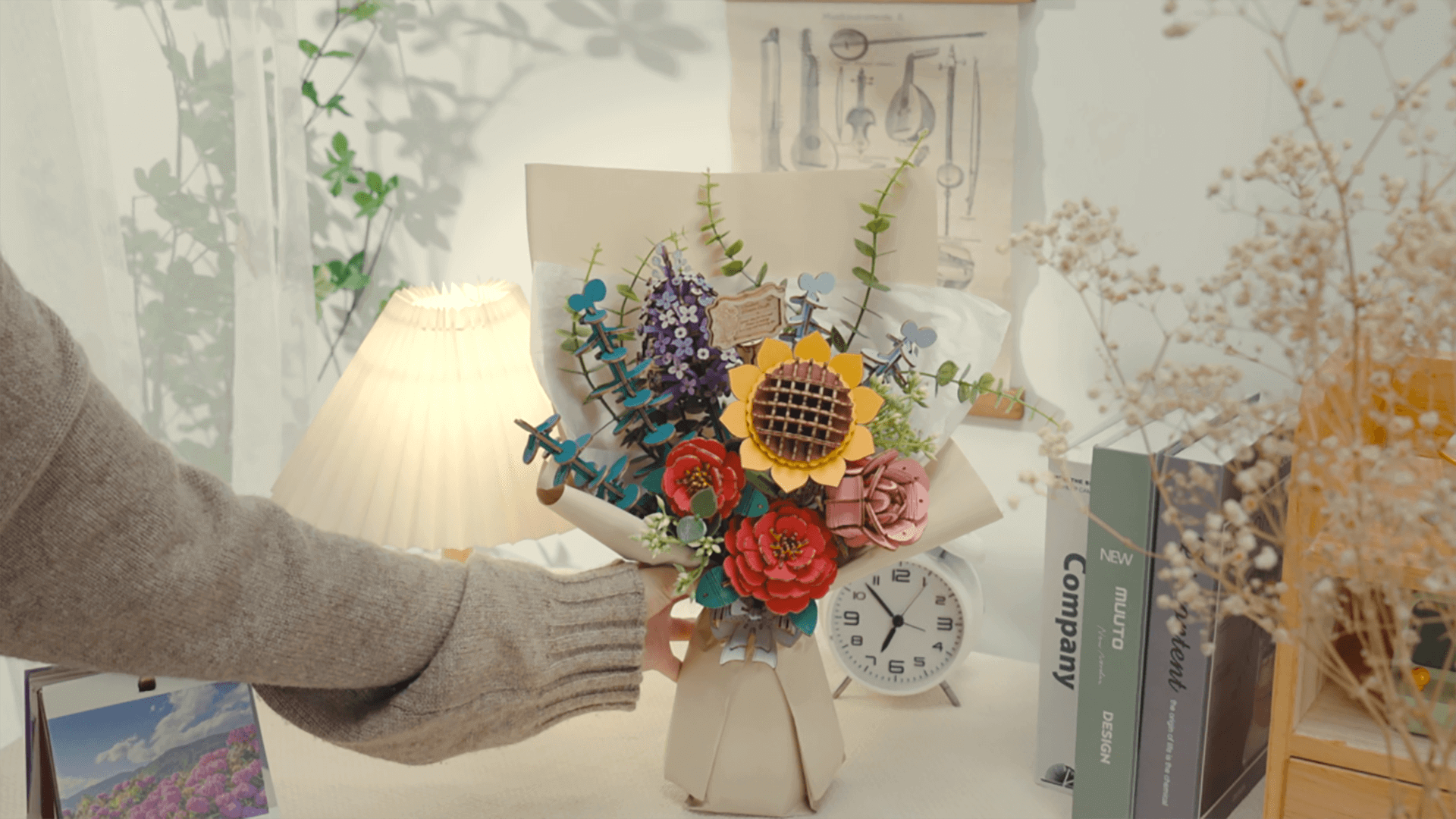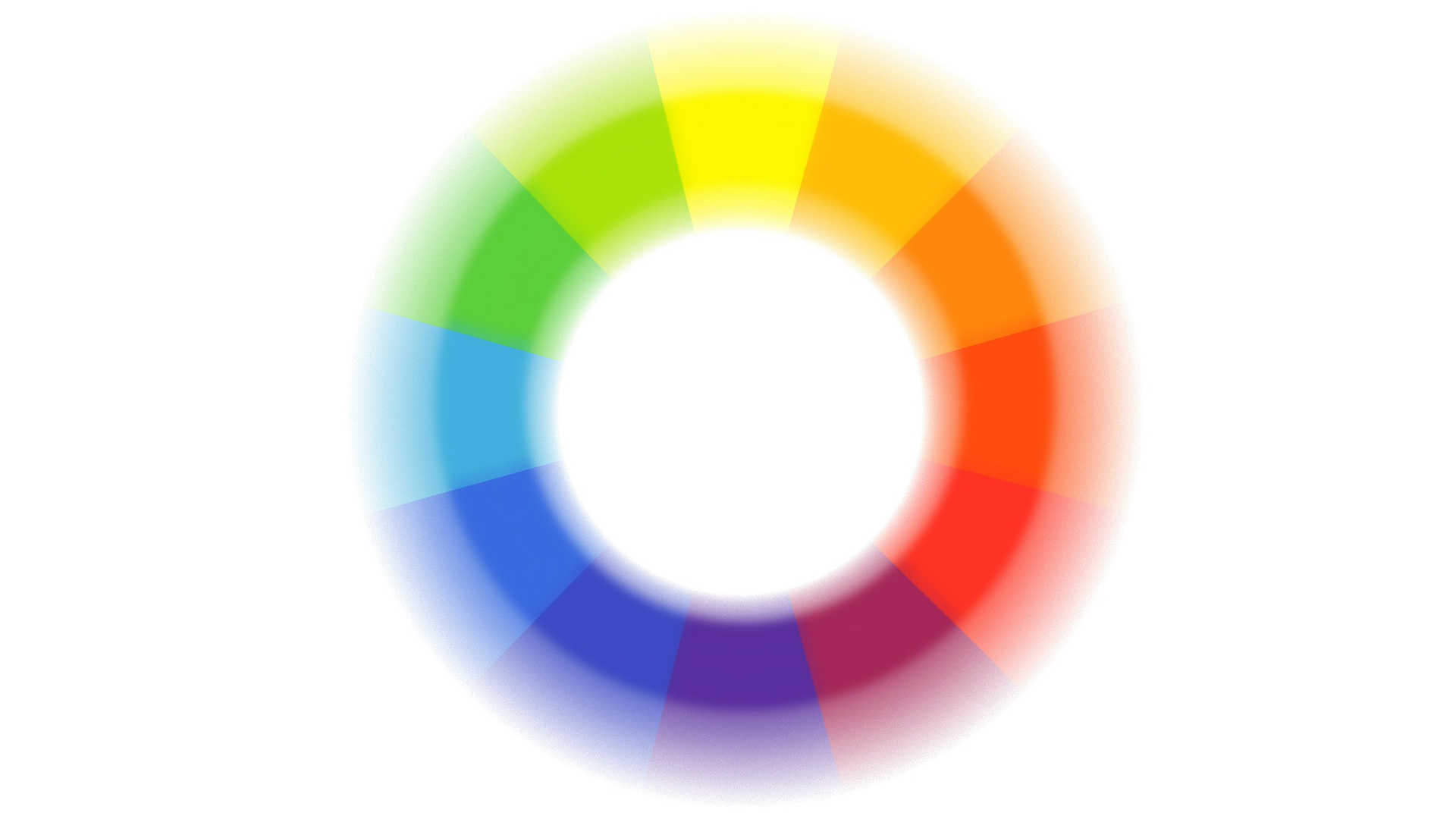ROWOOD has recently launched a bouquet with which players can revel in flower arrangements. Flower arrangements have the power to transform any space into a vibrant and inviting haven. Whether you’re looking to brighten up your home, celebrate a special occasion, or simply express your creativity, mastering the art of floral arrangement is a valuable skill.
The following guidance explores the key elements of crafting a beautiful flower arrangement, from choosing the right vase to selecting the perfect color scheme.

Choose the perfect vase
The foundation of a stunning flower arrangement lies in selecting the right vase. Vases come in many shapes, sizes, and materials, each lending a distinct personality to the arrangement.
- A clear glass vase: Allow the beauty of the flowers to shine through and bring a classic and timeless look.
- A rustic ceramic vase: Add charm and character.
Ensure that your vase is clean and has been filled with fresh water before arranging flowers.
Focus on focal blooms
Focal flowers are the stars of the arrangement. They are large and eye-catching blooms that draw immediate attention. When choosing the focal flowers, consider the occasion and personal preferences. Peonies, roses and lilies are popular choices for their elegance and fragrance.
In terms of the ROWOOD bouquet, focal flowers include the sunflower, pink rose, red camellia, and lilac. Arrange these flowers at the center of the vase, creating a visually captivating focal point for the arrangement.
Add texture with filler flowers
To add depth and texture to the arrangement, incorporate filler flowers. These smaller blooms or greenery act as the supporting cast, filling in the gaps and enhancing the overall aesthetic.
Baby’s breath, eucalyptus, or ferns work wonderfully as fillers. Distribute them evenly throughout the arrangement, allowing them to complement and accentuate the focal flowers.

Harmonize with color
Color plays a crucial role in creating a harmonious flower arrangement. The color wheel can be a guide in selecting complementary or contrasting hues.
Complementary colors, such as purple and yellow, create a vibrant and energetic look, while analogous colors like pink and peach offer a softer, more harmonious palette. Experiment with different combinations to find the perfect balance that suits your style and the occasion.
Put all things together
After selecting the vase, focal flowers, filler flowers, and colors, it’s time to put them all together.
- Trim the stems of flowers at an angle to ensure they can absorb water efficiently. For ROWOOD bouquet, you can adjust a stem by taking off a section, but it should keep dry as it’s made of wood.
- Place focal flowers at varying heights to create depth.
- Add filler flowers and distribute them evenly.
- Step back and assess the arrangement, making any necessary adjustments to achieve a balanced and visually pleasing result.
In conclusion, to make a stunning bouquet, you need to take colours, vases, and flowers into consideration. The complete arrangement brings a sense of fulfilment and brilliant home decor.
